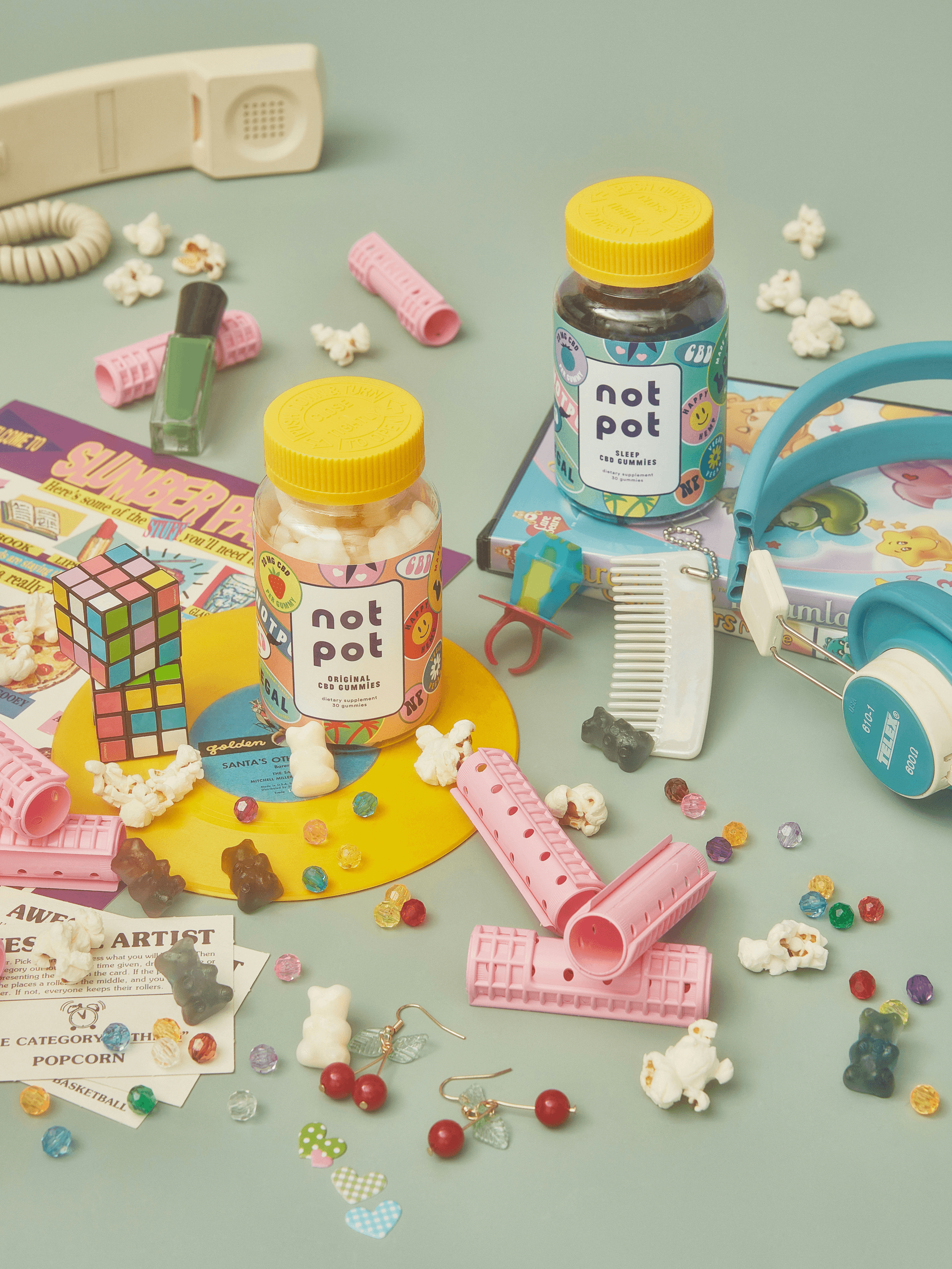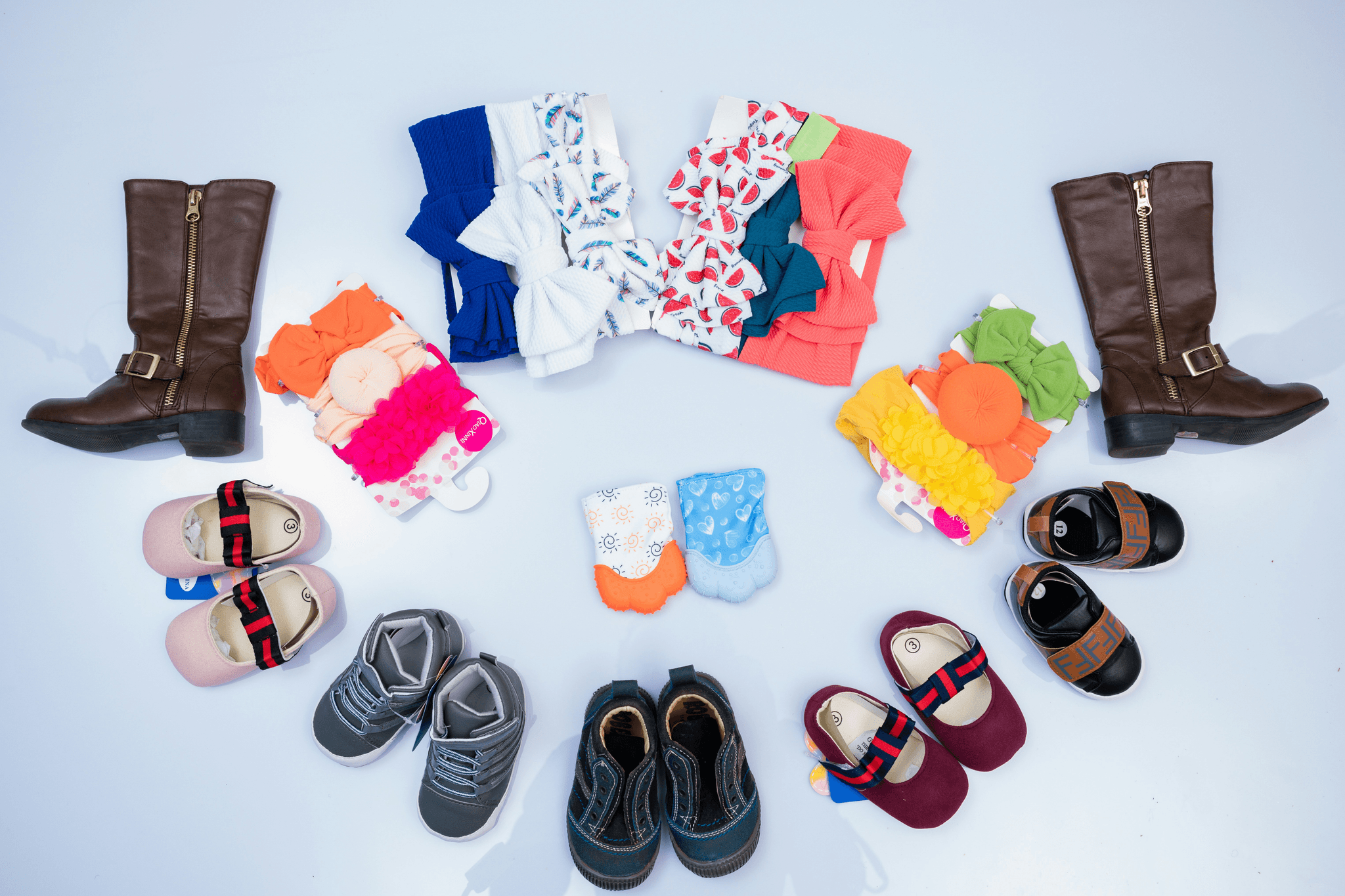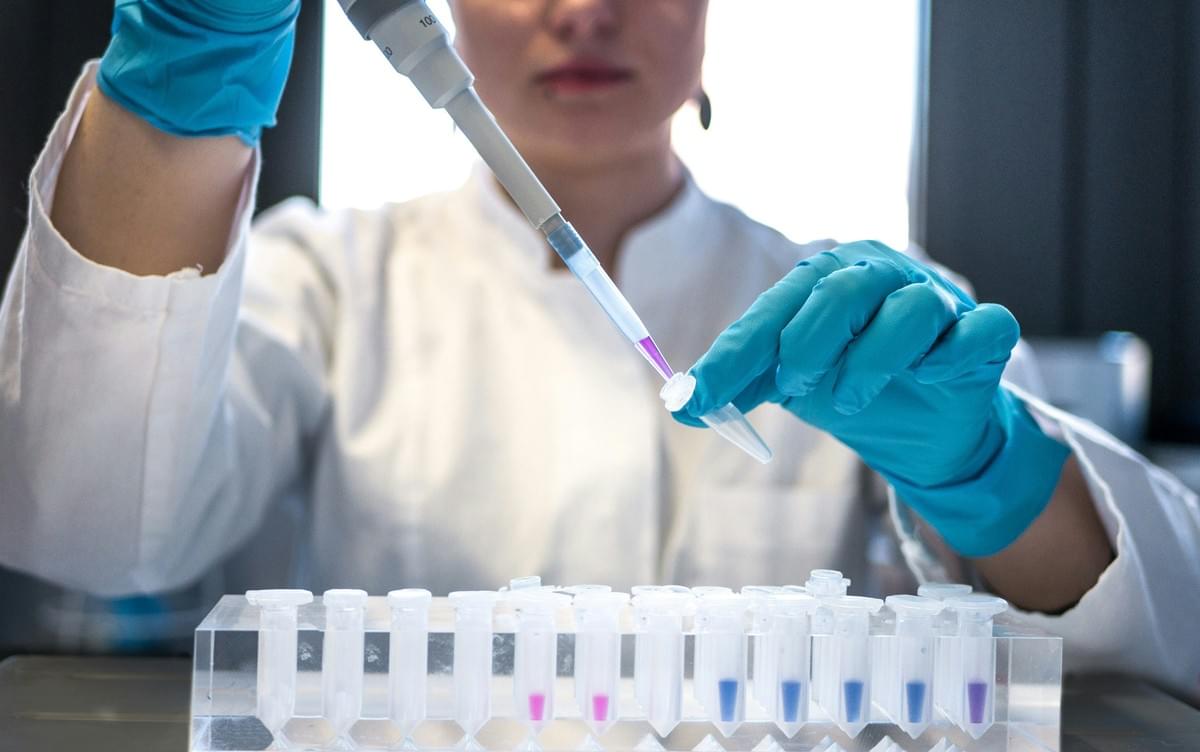Introduction
Navigating the world of children's products can be both exciting and daunting, especially when it comes to certification. Understanding the Children's Product Certificate (CPC) is crucial for anyone involved in producing or selling items designed for children. This certification not only ensures compliance with safety regulations but also plays a pivotal role in establishing trust with consumers.
Understanding the Children's Product Certificate
So, what is a Children's Product Certificate? Essentially, it’s a document that confirms a product meets all applicable safety standards set forth by regulatory bodies. Knowing how to get a Children's Product Certificate (CPC) is vital for manufacturers and sellers alike, as it serves as proof that their products are safe for children.
Importance of Compliance in Children's Products
Why is a Children's Product Certificate important? Compliance with CPC regulations ensures child safety and promotes overall well-being, making it an essential component of any responsible business strategy. Moreover, adhering to these standards helps build consumer trust and solidifies brand reputation in an increasingly competitive market.
Key Elements for Successful Certification
To successfully navigate the certification process, several key elements come into play. First, understanding which products require a Children’s Product Certificate is crucial; not all items fall under this mandate. Additionally, knowing how to get a Children’s Product Certificate involves documentation and testing requirements that must be meticulously followed to avoid legal pitfalls and ensure market access.
What is a Children's Product Certificate?

Understanding the Children's Product Certificate (CPC) is crucial for anyone involved in producing or selling children's products. This certificate serves as a declaration that a product meets specific safety standards set forth by the Consumer Product Safety Commission (CPSC). Essentially, it’s your golden ticket to ensuring that your products are not only compliant but also safe for children.
Definition and Purpose
A Children’s Product Certificate (CPC) is an essential document that confirms a product intended for children meets all applicable safety regulations. The primary purpose of the CPC is to protect children from hazardous materials and unsafe designs, ensuring their well-being while using these products. So, when asking What is a Children's Product Certificate?, remember it’s about safety first—both for consumers and manufacturers alike.
Regulations Surrounding the CPC
The regulations surrounding the CPC are quite comprehensive and are designed to maintain high safety standards in children's products. The CPSC mandates that any product marketed for children under 12 years old must have a CPC if it falls under specific categories such as toys, clothing, or childcare items. Familiarizing yourself with these regulations will answer Which products require a Children's Product Certificate? and help you navigate compliance effectively.
Consequences of Non-Compliance
Failing to obtain a Children’s Product Certificate can lead to severe consequences, ranging from hefty fines to product recalls that can tarnish your brand's reputation. Non-compliance not only jeopardizes child safety but also limits market access; retailers like Amazon require proof of certification before allowing listings of children's items on their platforms. Thus, understanding How to Get a Children's Product Certificate becomes critical—not just for legal reasons but also for maintaining consumer trust.
Why is a Children's Product Certificate Important?

The Children's Product Certificate (CPC) is not just a piece of paper; it's a vital component in the realm of children's safety and product compliance. Understanding why a CPC is crucial can help manufacturers, retailers, and consumers alike appreciate its role in fostering safer environments for children. Whether you're curious about how to get a Children's Product Certificate or simply want to know more about its significance, this section has got you covered.
Ensuring Child Safety and Well-being
At the heart of the Children's Product Certificate lies the paramount goal of ensuring child safety and well-being. Products designed for children are subject to stringent regulations that dictate their materials, construction, and overall safety standards. By obtaining a CPC, manufacturers demonstrate their commitment to creating safe products that meet these regulations, ultimately protecting our most vulnerable consumers—children.
Moreover, compliance with safety standards means fewer recalls and incidents related to hazardous toys or other children's items. When parents see that a product comes with a valid CPC, they can trust that it has undergone rigorous testing for safety hazards. Thus, knowing how to get a Children's Product Certificate is essential not only for businesses but also for the peace of mind it provides to families.
Building Consumer Trust and Brand Reputation
In today's market, consumer trust is everything—especially when it comes to products intended for children. A valid Children’s Product Certificate signals to parents that your brand prioritizes quality and safety above all else. This commitment can significantly enhance your brand reputation and set you apart from competitors who may overlook these critical aspects.
When consumers feel confident in your product’s safety due to an established CPC process, they're more likely to make repeat purchases or recommend your brand to others. Additionally, if you're selling on platforms like Amazon—where competition is fierce—a Children’s Product Certificate can be your ticket to standing out as a trustworthy option among countless listings. Understanding why a Children’s Product Certificate is important will help you leverage it effectively in marketing strategies.
Legal Implications and Market Access
Navigating the legal landscape surrounding children's products can be complex; however, having the right certifications simplifies matters considerably. The absence of a Children’s Product Certificate could lead not only to hefty fines but also potential lawsuits if products malfunction or cause harm due to non-compliance with safety regulations. Therefore, understanding which products require a Children’s Product Certificate becomes crucial for any business aiming at long-term viability.
Furthermore, many retailers—including online giants like Amazon—will only allow compliant products on their platforms; without proper certification, market access could be severely limited or altogether denied! This reality emphasizes why it's essential for sellers looking into how to get Children's Product Certificates: achieving compliance opens doors that would otherwise remain closed due to legal restrictions or market demands.
In summary, obtaining a Children’s Product Certificate isn't merely about ticking boxes; it's about ensuring child safety while building consumer trust and navigating legal landscapes effectively—all elements crucial for success in today’s marketplace.
Which Products Require a Children's Product Certificate?

Navigating the world of children's products can feel like walking through a minefield, especially when it comes to compliance. Understanding which products require a Children’s Product Certificate (CPC) is essential for manufacturers and sellers alike. Not only does this knowledge help ensure safety, but it also protects your brand from potential legal issues.
Categories of Products Under CPC Mandate
The CPC mandate covers a wide range of categories that are designed specifically for children under 12 years old. This includes toys, clothing, cribs, and other items that children might use or interact with regularly. If you're wondering how to get a Children's Product Certificate (CPC), first check if your product falls into one of these regulated categories.
In addition to toys and clothing, the CPC applies to items like child care articles and certain sporting goods designed for young users. Each category has its own set of regulations that must be adhered to in order to achieve compliance. Understanding these categories is crucial because it sets the groundwork for knowing what is required when asking yourself: “What is a Children’s Product Certificate?”
Examples of Commonly Certified Products
When you think about common products requiring certification, toys often come to mind first—think plush animals or building blocks! However, children’s furniture such as high chairs and cribs also fall under this umbrella. Other examples include baby carriers, playpens, and art supplies designed specifically for kids.
These products must undergo rigorous testing to ensure they meet safety standards before you can even think about selling them online or in stores. If you're an Amazon seller wondering about the specifics around the Children’s Product Certificate for Amazon, you'll need documentation proving compliance with these safety regulations as part of your listing requirements.
Exceptions to the Rule
While many products require a Children’s Product Certificate (CPC), there are some exceptions worth noting—because who doesn’t love a good loophole? For instance, certain educational materials like books may not need certification unless they include hazardous components or are intended as toys themselves. Additionally, some handmade items might be exempt based on specific criteria set forth by regulatory bodies.
However, just because a product may not require certification doesn't mean you should skip quality checks altogether; after all, ensuring child safety should always be priority number one! It's essential for sellers—especially those on platforms like Amazon—to stay informed about any changes in regulation that could affect their listings.
How to Get a Children's Product Certificate

Navigating the process of obtaining a Children’s Product Certificate (CPC) can seem daunting, but it doesn’t have to be. Understanding how to get a children’s product certificate involves several key steps that ensure compliance with safety regulations and standards. This section will provide you with a clear roadmap for certification, helping you understand what is required along the way.
Step-by-Step Process Overview
To successfully obtain a Children’s Product Certificate, begin by identifying whether your product falls under the CPC requirements. Once confirmed, the next step is to conduct necessary testing through an accredited laboratory that specializes in children's products. After testing, you’ll need to compile all relevant documentation and submit it for review before finally receiving your CPC.
This process not only helps ensure that your product meets safety standards but also prepares you for potential market access challenges down the line. Additionally, understanding which products require a Children's Product Certificate is crucial as it guides your preparation and testing efforts effectively. Remember, being well-prepared can save time and resources in this certification journey.
Documentation and Testing Requirements
When learning how to get a children’s product certificate (CPC), one of your first tasks will be gathering essential documentation related to your product's design and materials used. This typically includes specifications sheets, manufacturing details, and proof of testing results from an accredited lab confirming compliance with applicable safety standards.
Testing requirements may vary depending on the type of product; however, common tests often include assessments for lead content and flammability among others specific to children's items. It's vital to keep thorough records throughout this process since proper documentation not only aids in obtaining the CPC but also serves as evidence of compliance should any issues arise later on.
Working with Quality Inspection Services
Engaging quality inspection services can significantly streamline how to get a children’s product certificate (CPC). These professionals are well-versed in navigating regulatory landscapes and can assist you in selecting appropriate laboratories for testing while ensuring all necessary documentation is gathered efficiently. Their expertise ensures that no critical steps are overlooked during certification.
Moreover, collaborating with these services provides peace of mind as they help clarify which products require a Children's Product Certificate based on current regulations—eliminating guesswork from your planning phase! With their guidance, you'll not only enhance compliance but also bolster consumer trust when marketing your products—especially when selling on platforms like Amazon where adherence to such certifications is crucial.
Navigating Certification for Amazon Sellers
Understanding how to get a Children's Product Certificate (CPC) is essential for any seller looking to thrive in this competitive marketplace. With regulations tightening around child safety, knowing the ins and outs of certification not only protects your business but also ensures the well-being of children who will use your products.
Specific Requirements for Amazon Products
All children's products sold on the platform must comply with the Consumer Product Safety Improvement Act (CPSIA), which mandates that these items meet stringent safety standards. This means you must obtain a CPC that certifies your product has been tested and meets all relevant safety regulations before listing it on Amazon.
Additionally, it's crucial to understand which products require a Children's Product Certificate, as not all items fall under this mandate. For example, toys, clothing, and baby gear typically require certification due to their direct interaction with children. Failing to secure a CPC could lead not only to delisting from Amazon but also potential legal ramifications.
Strategies to Ensure Compliance
To navigate the maze of compliance effectively, sellers should begin by familiarizing themselves with how to get a Children's Product Certificate (CPC). Start by researching testing laboratories accredited by the Consumer Product Safety Commission (CPSC) and ensure that your product undergoes thorough testing before applying for certification. Keeping meticulous documentation of test results and compliance checks will also serve as invaluable evidence should you face scrutiny from Amazon or regulatory bodies.
Another strategy involves staying updated on changes in regulations surrounding children's products; laws can evolve rapidly! Regularly reviewing resources from CPSC or joining industry groups can provide insights into any shifts in compliance requirements. By being proactive about these changes, you'll be better positioned to ensure ongoing adherence and avoid pitfalls down the line.
Leveraging Children's Product Certificate for Sales
Once you've successfully obtained your Children’s Product Certificate for Amazon listings, it's time to leverage this achievement in your marketing efforts! Highlighting your CPC status in product descriptions can build consumer trust and reassure buyers about their purchase decisions—after all, parents prioritize safety above all else when shopping for their little ones!
Moreover, you can use your CPC as a selling point in advertising campaigns; showcasing compliance can differentiate your brand from competitors who may not have taken similar steps toward certification. Remember: understanding why is a Children’s Product Certificate important? It’s not just about meeting legal obligations; it’s about building credibility and fostering long-term customer relationships based on trust.
Conclusion
In wrapping up our exploration of the Children's Product Certificate (CPC), it’s clear that understanding how to get a Children's Product Certificate is not just a bureaucratic hurdle, but a vital aspect of ensuring safety and compliance. We’ve delved into what a Children’s Product Certificate is, why it’s important, and which products require this certification. Moreover, we’ve outlined the steps involved in obtaining the CPC, especially for those navigating the Amazon marketplace.
Recap of the CPC Process
To recap, obtaining a Children’s Product Certificate involves several essential steps that ensure your product meets safety standards. First off, you need to identify whether your product falls under the categories requiring a CPC—this brings us back to our earlier discussion on which products require a Children's Product Certificate. Once you've established that your product needs certification, you must conduct appropriate testing and compile documentation before submitting for approval.
Importance of Certification for Brands
The importance of having a Children’s Product Certificate cannot be overstated; it not only safeguards child safety but also enhances brand reputation in an increasingly competitive market. Brands that prioritize certification demonstrate their commitment to quality and consumer trust—key elements in building lasting relationships with customers. Furthermore, understanding why a Children’s Product Certificate is important can help brands navigate legal implications and secure better market access.
Getting Expert Help with China Inspection Pro
Navigating the complexities of how to get a Children's Product Certificate can be daunting; that's where expert help comes into play! Partnering with professionals like China Inspection Pro can streamline the process significantly by providing guidance on documentation requirements and testing procedures tailored specifically for your products. By leveraging their expertise, sellers can ensure compliance efficiently while focusing on what they do best: creating amazing products for children.
